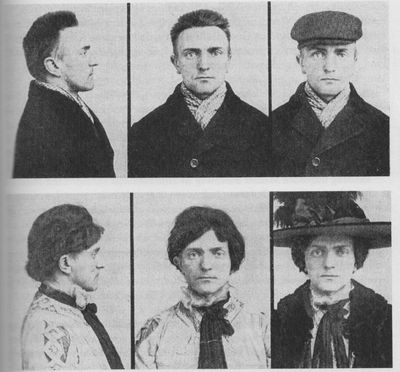Visual evidence: transforming modern sex research (1880s-1930s)
This project explores how visual evidence became a central means of communicating scientific and medical knowledge about human sexuality in an era of rapid technological change in the German-speaking world.

Visual evidence takes as its core for the first time the question of how lens-based technologies of photography and film changed modern sex research and understanding of 'objective' evidence from the turn of the twentieth century.
Germany was both the birthplace and the leading international location of modern scientific sex research from the 1880s through to the 1930s before the crisis years of National Socialism.
This project focuses on the German-speaking world, seeking to transform the story of cultural and scientific modernity in two key ways: by analysing how visual media revolutionised sex research, and how it was used to disseminate that research to broader publics.
Focusing on Germany as the international centre of early twentieth-century sex research, the project will examine how the turn to visual evidence had a transnational impact by paving the way for post-war researchers such as Kinsey, Masters and Johnson.
This project aims to generate a new understanding of how photography and film have shaped scientific and medical approaches to sexuality. By illuminating the ways in which scientists have used visual media to conduct research and communicate findings to wider audiences, it seeks to advance global conversations about the changing meanings of gender and sexuality.
These debates are of enduring concern in Australia and internationally, and impact upon areas such as healthcare, diversity policy, and quality of life, especially for LGBTIQ+ individuals.
Project details
Sponsor
Australian Research Council
Project team members
Associate Professor Dr Birgit Lang
Dr Katie Sutton (Australian National University)
Research partner
Australian National University